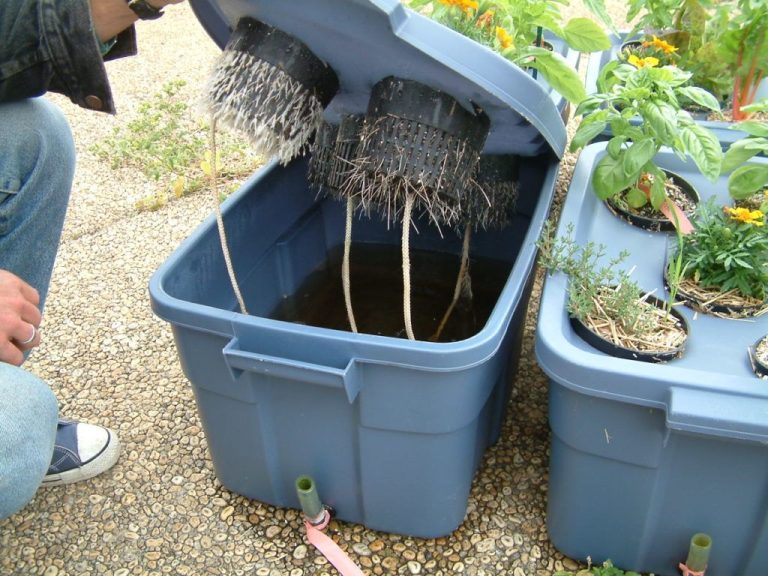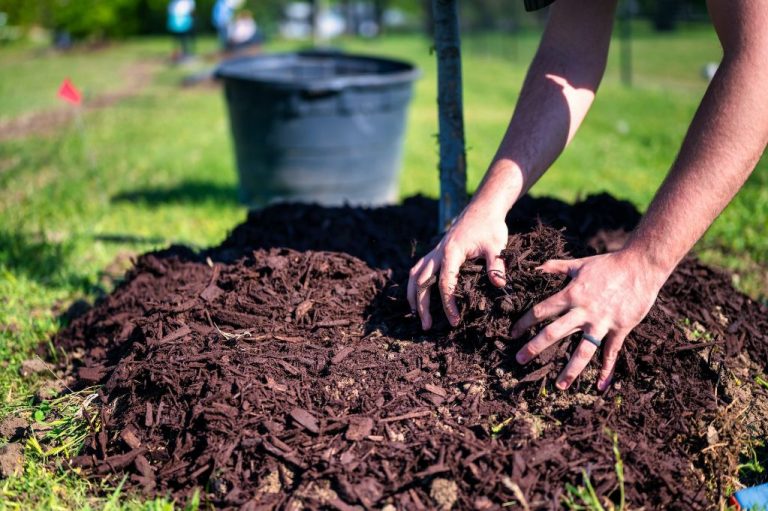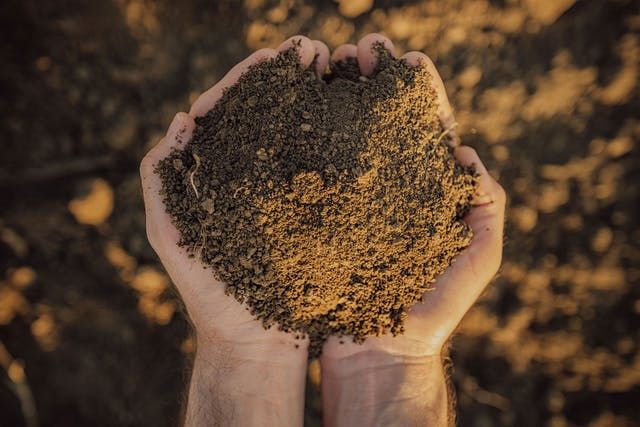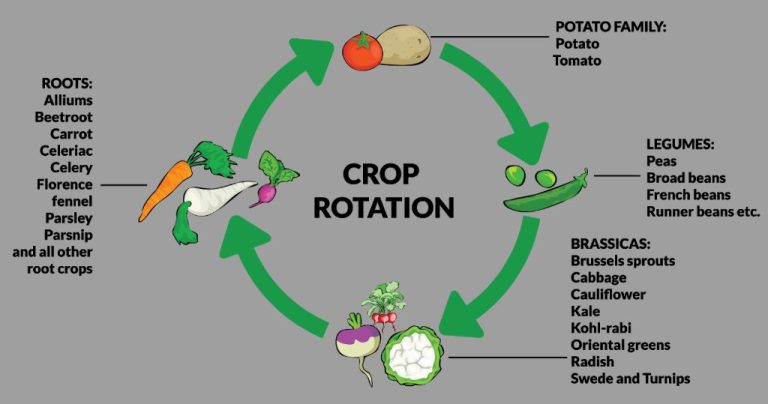Edible Perennial Herbs: Growing Flavorful And Medicinal Plants
Perennial herbs are plants that live for more than two years, often for many years. Unlike annual herbs that need to be replanted each year, perennial herbs persist through winter and regrow the following season (Source). Some of the most popular and useful perennial herbs include lavender, mint, oregano, chives, thyme, and sage. Perennial herbs offer a number of benefits:
- They don’t need to be replanted every year, saving time and effort.
- They tend to be easier to care for and more drought-resistant.
- You can harvest again and again from the same plants.
- They provide permanent visual interest and structure in the garden.
Growing a selection of perennial herbs is a great way to add continuous flavor and fragrance to your gardens and cuisine for years to come.
Soil Preparation
Proper soil preparation is key to growing healthy and flavorful perennial herbs. The ideal soil conditions for most perennial herbs include a loose, loamy texture with good drainage and a pH between 6.0-7.0 Preparing Your Garden Soil for Spring Herb Planting. Light, sandy soils may need amendments like compost or peat moss to improve moisture retention, while heavy clay soils will benefit from additions of organic matter or grit to lighten the texture.
Avoid soils that stay soggy or compacted, as most perennial herbs prefer well-drained conditions. Amend dense or clay-heavy soils with 2-3 inches of compost, leaf mold, or other organic materials and till it in to a depth of 8-12 inches to improve aeration and drainage How to Prepare Soil for Planting Herbs. For container gardening, use a commercial potting soil labeled for herbs or make your own mix with equal parts loam, compost, and sand or perlite.
Test the native soil pH and amend as needed to reach the ideal range. Most perennial herbs prefer a slightly acidic to neutral pH between 6.0-7.0. Ground limestone will raise the pH of acidic soils, while soil sulfur or aluminum sulfate can help lower pH in alkaline soils.
Mix in a balanced organic fertilizer when preparing the soil to provide essential nutrients. Avoid over-fertilizing, as excess nitrogen can lead to lush foliage growth at the expense of flavorful oils. Focus on building healthy soil with good organic matter to feed plants over time.
Sun Exposure
When it comes to sun exposure, herbs can generally be divided into three categories: those that need full sun, those that need partial shade, and those that can thrive in either condition. Popular perennial herbs that need full sun include rosemary, thyme, sage, oregano, and lavender. These Mediterranean herbs thrive with at least 6 hours of direct sunlight per day. Providing full sun helps them develop robust flavor and essential oil production.
Some perennial herbs do best with partial shade, especially during the hot midday hours. These include mints, lemon balm, chervil, and parsley. Try to provide these herbs with morning sun and afternoon shade if possible. Finally, herbs like chives, cilantro, and dill are flexible when it comes to sun exposure. They can flourish in either full sun or partial shade conditions as long as their soil moisture needs are met.
When planning an herb garden, it’s important to consider each plant’s individual sun requirements. Most perennial culinary and medicinal herbs grow well in full sun, but providing afternoon shade can extend the harvest period for select varieties.
Planting
Perennial herbs can be grown from seeds or from starter plants purchased from a nursery. Seeds should be planted in early spring, typically 6-8 weeks before the last frost date for your area. Sow seeds individually in small pots indoors and keep them in a sunny window. Once sprouted, thin seedlings to the strongest one per pot. Harden off plants for 7-10 days before transplanting them outside after all danger of frost has passed (Ruralsprout).
If using starter plants, select young plants in 4 inch pots and plant them outside after the last frost. Space plants 12-18 inches apart in a sunny location with well-draining soil. Dig holes the same depth as the pot and wider than the root ball. Carefully remove from pots, loosen roots, and place in hole. Fill in with soil, tamp down gently and water thoroughly (Countryliving).
Watering
Proper watering is crucial for healthy perennial herbs. Herbs prefer soil that is moist but not soggy or waterlogged. The frequency of watering depends on factors like the type of herb, soil drainage, sun exposure, and weather conditions. As a general rule, most perennial herbs need watering about 1-2 times per week during the growing season, with less frequent watering in cooler or rainier weather. It’s better to water thoroughly and deeply, rather than frequent light waterings. This encourages deep root growth. Be sure to allow the soil to partially dry out between waterings.
Herbs growing in containers will need more frequent watering, sometimes daily in hot weather. Pay attention to signs of under or overwatering. Wilting leaves or soil that’s bone dry indicates under-watering. Yellowing leaves, moldy soil, or roots rotting from soggy soil means you’re overwatering. The proper amount will keep soil slightly moist but not soaked. Water in the morning to allow foliage to dry during the day, reducing fungal diseases. Consider setting up drip irrigation or soaker hoses for convenience. For more details, check the recommended watering frequency for specific perennial herbs at Garden Therapy.
Fertilizing
Many herbs thrive with occasional fertilization, particularly nitrogen-hungry plants like basil, parsley, cilantro, dill, and chives. Focus on using organic fertilizers without synthetic chemicals. Well-balanced organic options provide nutrients plants need while enriching the soil with organic matter.
In spring, top-dress herbs with 1-2 inches of compost or apply an organic granular fertilizer like Jobe’s Organics Herb Granular Fertilizer according to package instructions (1). You can also make your own organic fertilizer by composting food scraps. Mix 1 cup of finished compost into the top few inches of soil around each plant.
During the growing season, you can provide a nutritional boost every 2-4 weeks by applying a liquid organic fertilizer such as fish emulsion diluted to the manufacturer’s recommendations. Carefully follow instructions, as strong mineral fertilizers can burn plants if overapplied. Organic liquid fertilizers like Miracle-Gro Water Soluble Plant Food are specially formulated for herbs and vegetables (1).
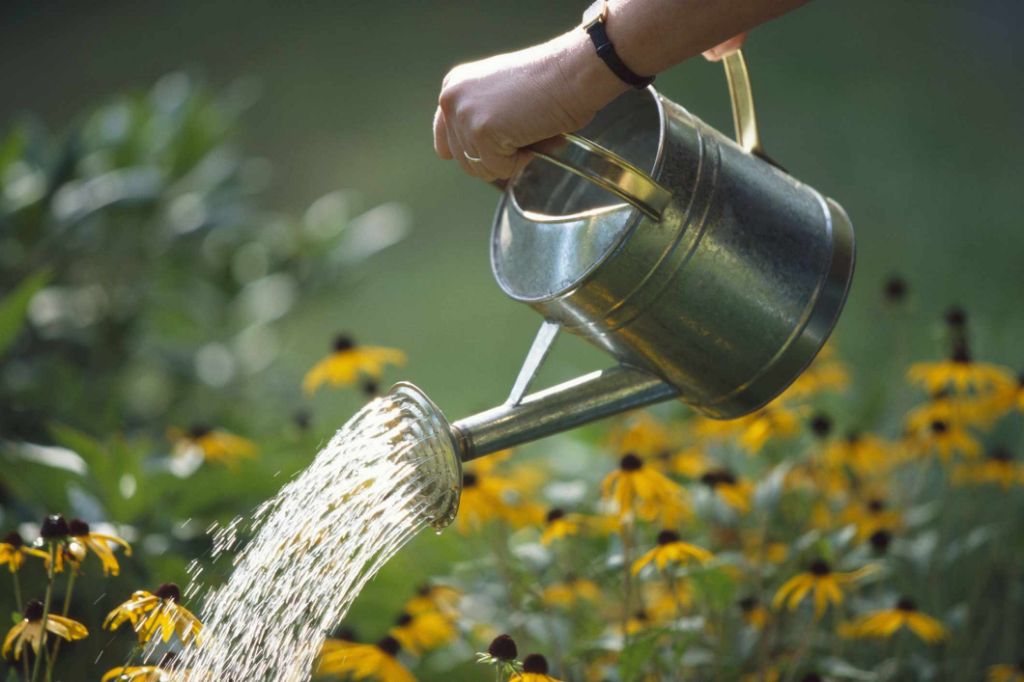
Take care not to overfertilize herbs. Excess nitrogen leads to lush foliage growth at the expense of flavorful essential oils. Go easy on fertilizer for Mediterranean herbs like rosemary, thyme, sage, and oregano, which thrive in lean, mineral-rich soils.
Pruning
Proper pruning is essential for keeping perennial herbs healthy and productive year after year. The timing and technique you use depends on the specific herb. Here are some tips:
Woody herbs like rosemary, lavender, and thyme should be pruned in early spring before new growth emerges. Cut back about one-third of the plant, shaping it and removing any dead or damaged branches according to Wilson Bros Gardens. This prevents leggy growth and encourages the plant to bush out.
Leafy herbs like mint, lemon balm, and sage can be cut back by half in early spring. Cutting too far down can damage new growth. You can do a second pruning mid-summer to prevent flowering and promote leaf production according to Melissa K. Norris.
After perennial herbs flower, prune back flower stems to just above a set of full leaves. This tidies plants up and directs energy into leaf and root growth rather than seed production.
Deadhead spent flowers regularly during summer to encourage more blooms. Always prune herbs with clean, sharp scissors or shears to avoid crushing stems.
Properly pruned perennial herbs will stay vigorous, healthy, and abundant for many years.
Pest Control
Perennial herbs are susceptible to a variety of common garden pests and diseases that can affect their growth and diminish their yield. Some of the most troublesome pests for herb gardens include aphids, Japanese beetles, cabbage loopers, thrips, spider mites, and flea beetles (Herb Problems – University of Maryland Extension). Aphids and spider mites in particular can quickly colonize plants and cause major damage if left uncontrolled. Diseases like powdery mildew, downy mildew, rust, and fusarium wilt can also infect many popular perennial herbs.
Fortunately, there are several organic methods gardeners can use to prevent and manage pest and disease issues without relying on chemical pesticides:
- Use row covers or protective netting over plants when pests are active.
- Remove heavily infested leaves/stems to prevent spread.
- Use insecticidal soaps or horticultural oils to control soft-bodied insects.
- Apply neem oil as both an insecticide and fungicide.
- Sprinkle diatomaceous earth around plants to deter crawling insects.
- Attract beneficial insects like ladybugs and lacewings with companion plants.
- Improve air circulation and avoid overcrowding plants.
Focusing on growing vigorous, healthy plants is key to preventing major pest and disease issues in an organic herb garden. Proper site selection, crop rotation, pruning, and watering practices will also help minimize problems.
Overwintering
Overwintering techniques for perennial herbs will depend on your climate and whether the herbs are planted in the ground or in containers. In cold climates, herbs like rosemary, sage, thyme, and oregano will likely need extra protection to survive the winter months. Some options for overwintering perennial herbs include:
Mulching: Apply a thick layer of mulch, such as straw or leaves, around the base of herbs growing in the ground before winter. This insulates the plant’s roots and crown.1
Row covers: Cover rows of herbs with horticultural fabric, plastic sheeting, or cloches to protect them from cold winds and frost. Make sure to allow for ventilation.
Cuttings: Take cuttings of tender herbs like rosemary in late summer/early fall. Root the cuttings and overwinter them indoors near a sunny window.
Potted herbs: Move potted perennial herbs to an unheated garage or cellar before winter. Check soil moisture regularly and water sparingly. Or, sink the pots in the ground and mulch well.
Pruning: Cut back herbs substantially in late fall. This prevents damage from heavy snow and removes excessive top growth.
In warm climates like Zone 8 and above, herbs like rosemary and bay can stay outdoors year-round with minimal protection needed. Just avoid overwatering during winter dormancy.
Harvesting
Perennial herbs should be harvested when the essential oils that give them flavor and aroma are at their peak. Proper timing depends on the plant part you are harvesting. According to Penn State Extension, leaves and flowers should be harvested in early morning just after the dew has dried for maximum flavor. Cut sprigs of herbs just above leaf nodes to encourage bushier growth. Avoid cutting more than one-third of the plant at a time so it can continue to thrive.
Harvest seeds when the plant begins to die back and the seeds or seed heads turn brown. Cut entire mature seed stalks and hang them upside down in a paper bag to dry. To harvest roots, dig up plants in early spring or late fall when they are dormant. Wash and dry the roots, then chop them for storage. With proper timing, you can harvest flavorful herbs throughout the growing season while allowing the perennials to continue growing for years to come.

